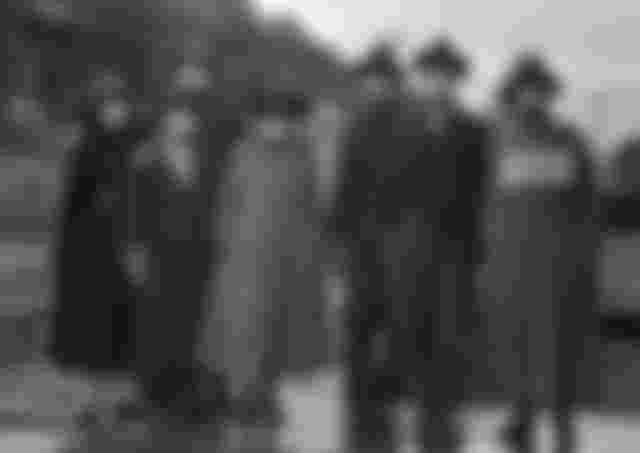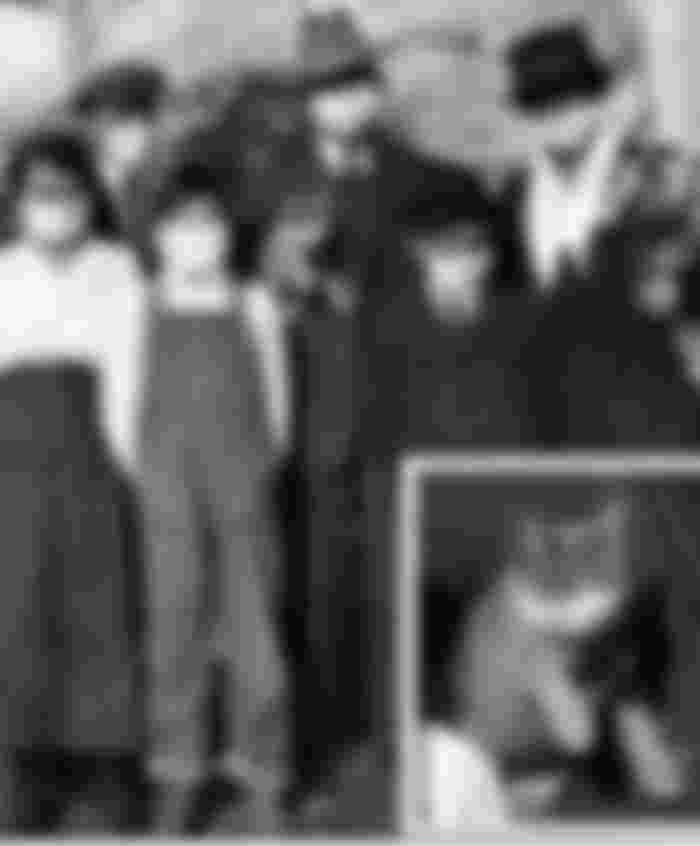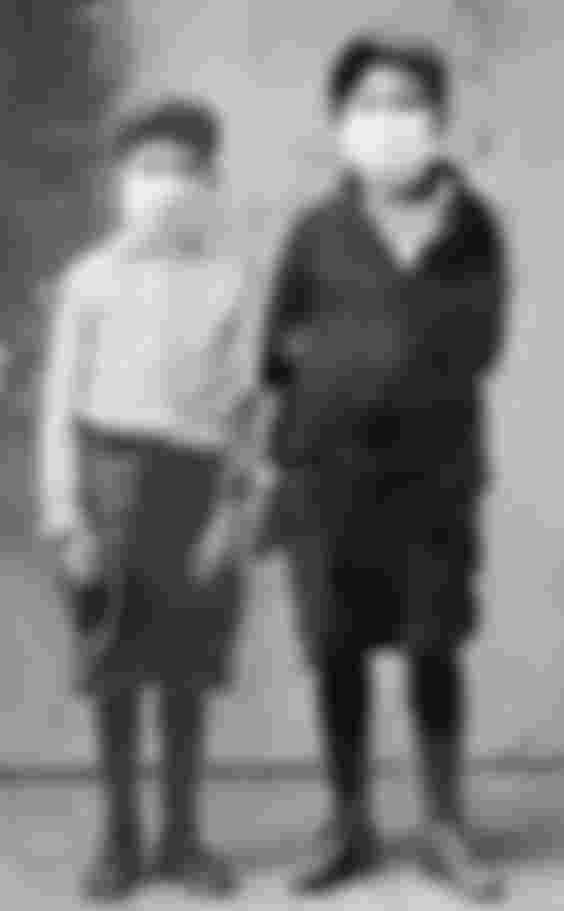The Spanish flu, at the beginning of the twentieth century, spread this deadly virus around the world.Scientists and historians believe that a third of the world's population, which at that time numbered about 1.8 billion people, was infected.
And the flu caused a total of more deaths than the First World War itself, which was brought to an end at a time when the disease was beginning to spread.

As the whole world reacts to the Kovid-19 crisis, let's take a closer look at the last pandemic that buried the world in the place - and what did it look like when it finally ended?In 1918, medicine and science were much more limited in the fight against disease than they are today.
Doctors knew that there were microorganisms behind the Spanish flu and that the disease could be transmitted from person to person, but they still thought that it was caused by bacteria and not viruses.

Treatment was also limited - the world's first antibiotic, for example, was not discovered until 1928.
The first flu vaccine became available to the public in the 1940s.

Crucially, there were no health systems for all people. And even in rich countries, the public sanitation system was still a luxury.
To make matters worse, the Spanish flu attacked in a way not seen before in flu pandemics, such as the one in 1889-90, which killed more than a million people worldwide.

Most of the victims were between the ages of 20 and 40, and the men were disproportionately affected - probably because the pandemic is thought to have started in overcrowded military camps on the Western Front and spread as troops returned home after World War I.

The disease has also hit poorer countries harder."The victims of the First World War and the Spanish flu led to a real economic catastrophe," says writer Katarina Arnold, author of The Pandemic 1918.
"In many countries, there are no young people left to continue the family business, run farms, train for professions and crafts, get married and raise children in order to replace the millions lost," says the author.

"The lack of suitable men has led to the so-called 'surplus of women' problem, when millions of women have been unable to find suitable partners."
Although the Spanish flu pandemic did not cause as much social change as the Black Plague in the 14th century (which led to the fall of feudalism), it did upset the gender balance in many countries.
In 1920, women represented about 21 percent of all employees in the country.
That same year, Congress ratified the 19th Amendment, which gave American women the right to vote.

There is evidence that the 1918 flu affected women's rights in many countries.
In 1918, India was under British colonial rule for more than a century.
The Spanish flu hit the country in May of that year - and it hit Indians harder than its British inhabitants. Statistics show that the mortality of lower-class Hindus reached 61.6 per 1,000 people, while among Europeans it was less than 9 per 1,000 people.

Indian nationalists have fueled the perception that British rulers have not taken good action against the crisis. The 1919 edition of Young India, a periodical published by Mahatma Gandhi, criticized the British authorities, condemning the firing of all weapons.

In no other civilized country has the government failed to do so much as it did with the Government of India during the reign of such a terrible and catastrophic epidemic.
Social distancing proved extremely important in the 1918 flu pandemic.
There is a famous story about two cities: in September 1918, American cities organized parades to promote the purchase of war bonds, the sale of which financed the war that was still going on.
The two cities applied very different measures when the first cases of the Spanish flu began to appear: while Philadelphia continued with the original plans, St. Louis decided to cancel the event.

A month later, more than 10,000 people died of the disease in Philadelphia. The number of deaths in St. Louis remained below 700.
Such disparity has become practically a case study in favor of measures of social distancing as a strategy to fight the epidemic.
An analysis of interventions conducted in several American cities during 1918 showed that those who early banned public gatherings, closed theaters, schools, and churches had much lower mortality rates.
Despite his lessons, the Spanish flu is a forgotten pandemic in many ways.
Just like Kovid-19, it infected a large number of celebrities: US President Woodrow Wilson and British Prime Minister Lloyd George fell ill, while Brazilian President Rodriguez Alves died from it.
But in the eyes of the public, the Spanish flu remained in the shadow of World War I, in part due to the fact that several governments censored the media and prevented them from reporting on the effects of the flu during the war.
Poorly covered, this crisis has largely been absent from both history books and popular culture.

"Even in the year of the centenary of the pandemic (2018), you will not find any memorials… and very few cemeteries have organized a commemoration of the victims by doctors and nurses," wrote medical historian Mark Honigsbaum.
"And you won't find many novels, poems or paintings from that period that relate to the 1918 pandemic."
One of the exceptions is "Self-portrait with the Spanish flu" by Edward Munch, which the Norwegian painter painted while suffering from this disease.
Honigsbaum also noted that the 1924 edition of the Encyclopaedia Britannica "did not even mention the pandemic in the review of 'the year with the most prominent events of the 20th century'", while the first historical textbooks dealing with the infection were published in 1968.
Kovid-19 certainly refreshed people's memory in that regard.











Spanish flu was the worst. One that we pray will never repeat itself